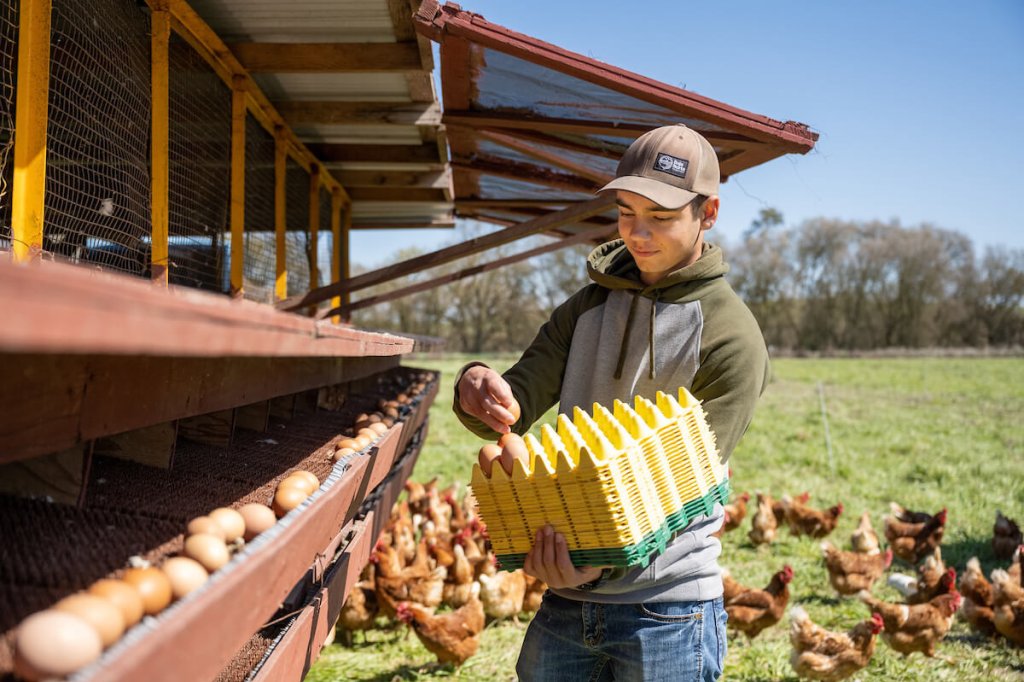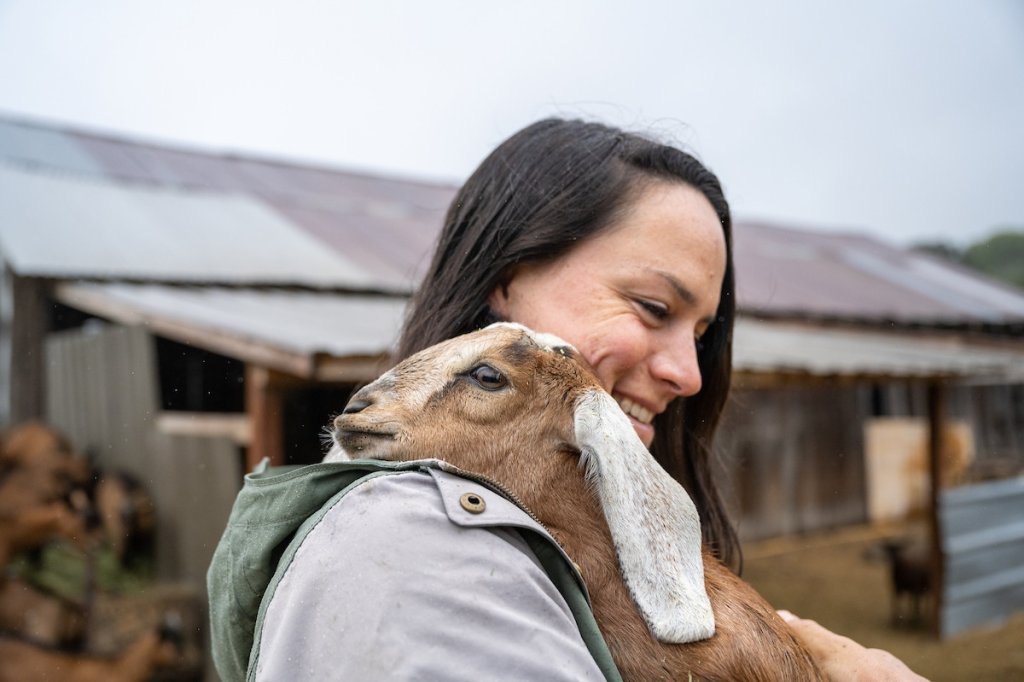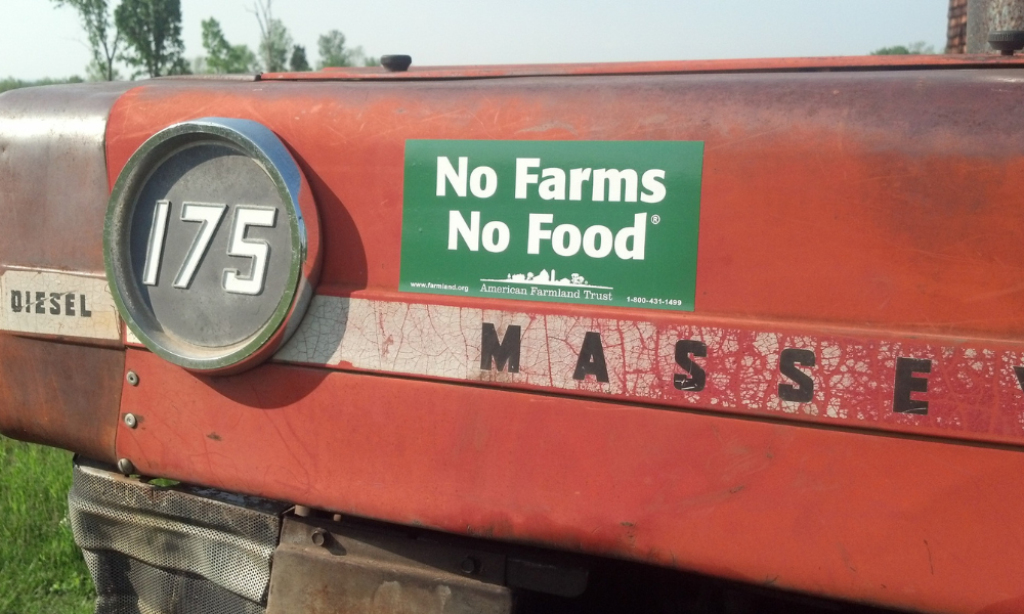California Policy
Fueling agricultural land protection, furthering the adoption of climate-smart agricultural practices, and promoting the farm viability of producers across the state.
American Farmland Trust has deep roots and longstanding experience advocating for policies that support our farmers and protect agricultural land.
We play a unique role in Sacramento, conducting and synthesizing the latest research, listening to the needs of producers on the ground, and bringing people and organizations together to advocate for and enact policies that ensure California has a strong agricultural future.
Our state policy staff is committed to working closely with state legislators, farmers, service providers, state and local agencies, and communities to advance policy solutions that will meet the needs of our farmers and agricultural lands, now and into the future.
Together, we strive to enact policies and weigh in on administrative rules that support farmers and farmworkers, especially historically marginalized producers. We seek to expand financial and technical assistance for climate-resilient agricultural strategies, farmland protection and access, and farm viability, among other critical initiatives.
AFT research that informs these policy priorities:
Farms Under Threat 2040: Choosing an Abundant Future, Farms Under Threat: the State of the State
AFT’s Annual State of the State Purchase of Agricultural Conservation Easements Survey
The 2023 Recommendations for State and Local Governments to Advance Smart Solar℠ report and Policy Recommendations to Increase Agrivoltaic Development.
AFT, Indiana University, and Portland State University’s Land Access Policy Incentive Research Study.
Why California Must Protect Agricultural Lands from Development and Conversion
AFT’s 2020 Farms Under Threat reports that 465,900 acres of California’s agricultural land were converted to urban and highly developed land use and low-density residential land use. If this trend continues, according to AFT’s Farms Under Threat: Choosing an Abundant Future, the state will pave over, fragment, or compromise 797,400 acres of agricultural land.
AFT’s 2017 Greener Fields Research showed that human activity on an acre of agricultural land produces 66 times fewer GHG emissions than on an acre of developed land.
The state’s best agricultural land was 202% more likely to be converted to other uses than the rest of California’s land, according to AFT Farms Under Threat: The State of the States.
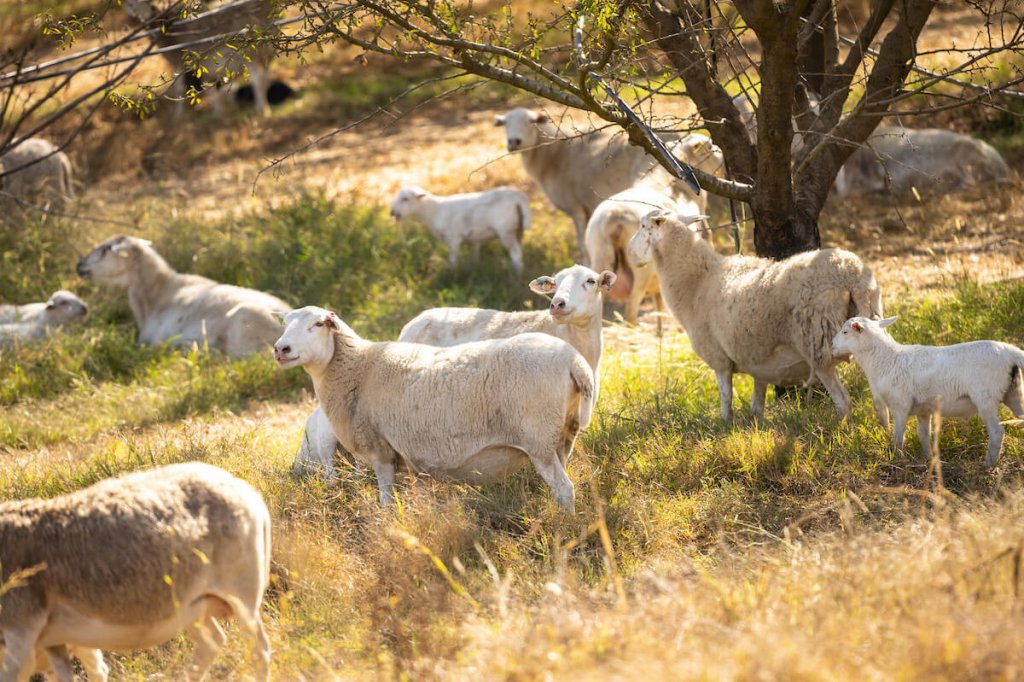
AFT’s Policy Recommendations to Support Agricultural Land and Producers
1. Protecting California Agricultural Lands:
Ensure stable and robust funding for state and local agricultural protection efforts through the California Farmland Conservancy Program.
As a baseline, maintain continuous appropriations for the Sustainable Agriculture Lands Conservation (SALC) program through the State’s Greenhouse Gas Reduction Fund (GGRF) reauthorization negotiations.
Learn more about the SALC program created by AFT with partners to permanently protect agricultural land.
AFT is working with CalCAN and the Land Trust community on advocating for SALC in the GGRF renegotiations.
AFT’s Policy Recommendations:
AFT has ongoing efforts to secure a stable and robust funding source for the California Farmland Conservancy Program.
AFT encourages the continuous appropriations for the Sustainable Agriculture Lands Conservation (SALC) program.
AFT supports upholding the integrity and intent of the Williamson Act while improving it to meet the current needs of California producers.
AFT’s Policy Recommendations to Support Agricultural Land and Producers
1. Protecting California Agricultural Lands:

Ensure stable and robust funding for state and local agricultural protection efforts through the California Farmland Conservancy Program.
As a baseline, maintain continuous appropriations for the Sustainable Agriculture Lands Conservation (SALC) program through the State’s Greenhouse Gas Reduction Fund (GGRF) reauthorization negotiations.
Learn more about the SALC program created by AFT with partners to permanently protect agricultural land.
AFT is working with CalCAN and the Land Trust community on advocating for SALC in the GGRF renegotiations.
AFT’s Policy Recommendations:
AFT has ongoing efforts to secure a stable and robust funding source for the California Farmland Conservancy Program.
AFT encourages the continuous appropriations for the Sustainable Agriculture Lands Conservation (SALC) program.
AFT supports upholding the integrity and intent of the Williamson Act while improving it to meet the current needs of California producers.
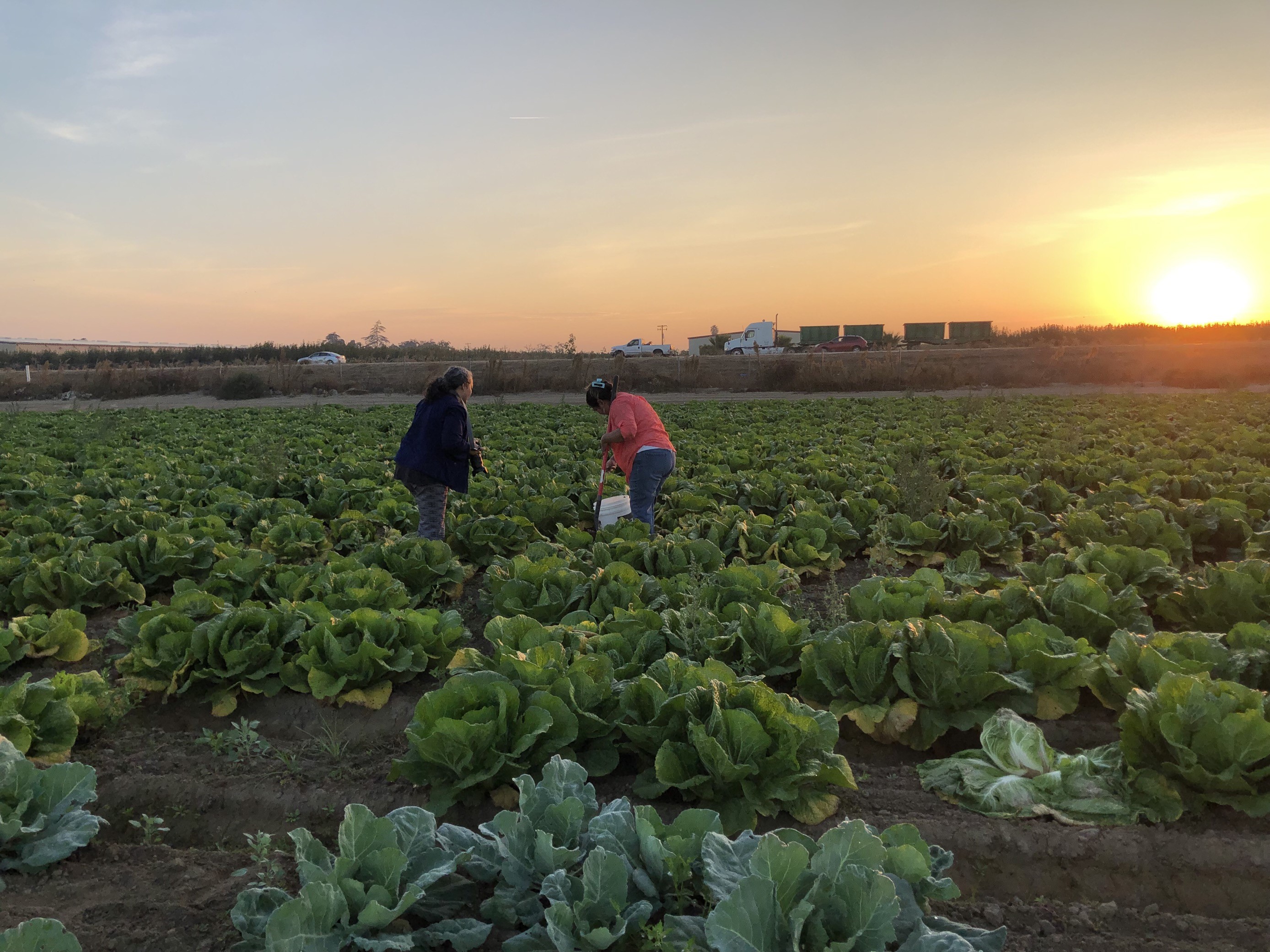
2. What is the need to increase agricultural land access opportunities for the next generation of California producers?
California continues to have some of the most expensive farmland in the country. According to USDA’s 2024 National Agricultural Statistic Service, the average price of an acre of farmland in California is $13,400. This ranks California as having the fourth most expensive agricultural land in the nation.
According to the 2017 NASS Agricultural Lands Census, the average age of a farmer in 2022 was 59.9 years, up from 59.2 in 2017. Senior farmers comprise 42.5% of California’s producers’ a 5-perentage point increase in proportion of the state’s producers.
27% of current principal operators in California are beginning farmers—farmers with less than 10 years of experience managing their current operation.
In the last agricultural census, young and beginning producers in California tended to be slightly more racially diverse than the state’s producer population as a whole.
Data show farmers of color tend to own less land, make less money, and receive less government support than their white counterparts.
More than 14,000 farmers and 83% of farmworkers are Latino, yet only 3% own farms in California.
AFT’s California Policy Recommendations that Increase Agricultural Land Access Opportunities
Support Prop 4 implementation including $30 million directed at increasing land access opportunities for beginning and historically marginalized producers, which AFT alongside Food and Farm Resilience Coalition members helped secure. This will be housed at the CA Department of Conservation.
Ensure funding used for the creation of a buy/protect/sell revolving loan funds incentives pre-exemptive purchase rights, cultural respect easements, farm sales, farm transfers, and long-term lease to own agreements for farmers.
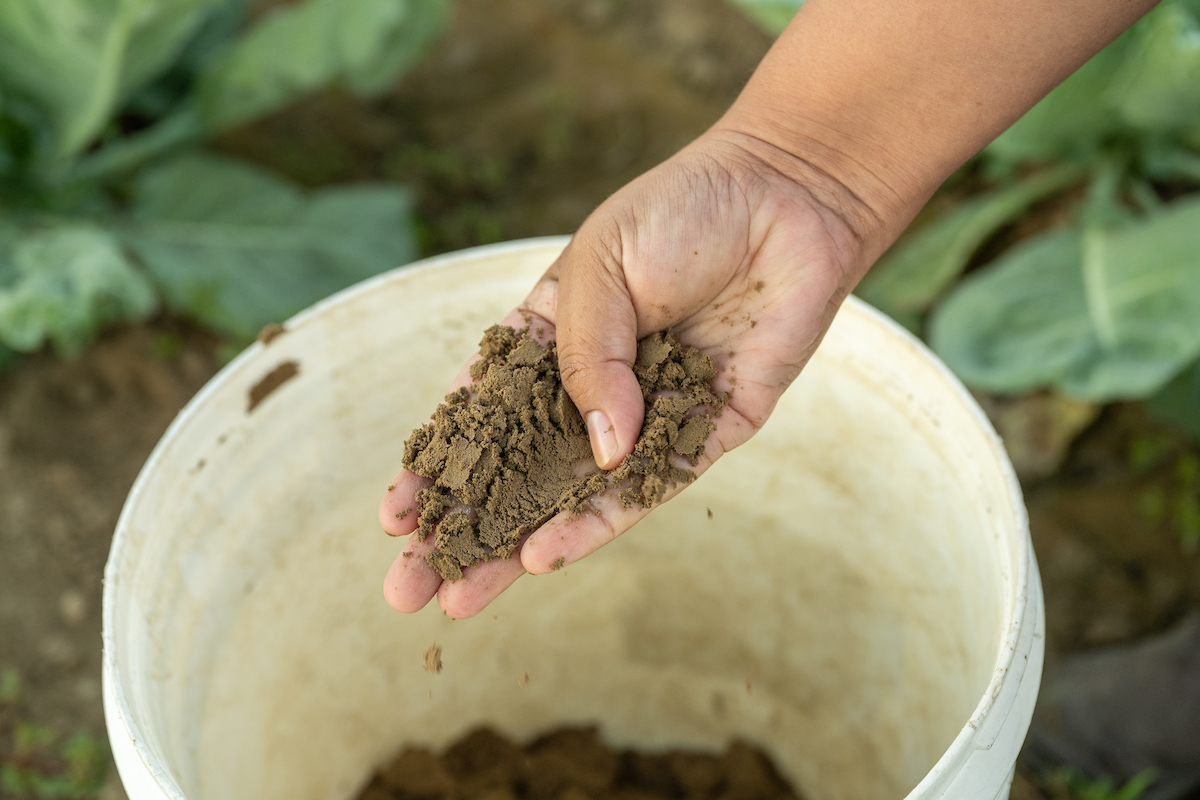 3. Why does California need to increase farmers’ adoption of climate-smart agricultural practices?
3. Why does California need to increase farmers’ adoption of climate-smart agricultural practices?
California’s more than 75,000 farms and millions of consumers depend on our soil’s continued ability to grow food.
In 2021-2022, AFT released a series of Soil Health Case Study Findings where three California almond producers participated in the research that showed producers who implemented soil health practices saw a significant increase in yield (One producer saw an yield increase from $46 an acre to $968 per acre after implementing these regenerative agricultural practices. Others saw an annual net income increase ranging from $99 to $1502 per acre per year.)
AFT has continued to release additional case studies annually with wine grape, vegetable, and citrus producers who achieved economic and environmental benefits with regenerative agricultural practices. Several were small-scale and underserved farmers.
While all farmers and farm workers are potentially vulnerable to climate disasters, beginning farmers, and Black, Indigenous, and Farmers of Color (BIPOC) are most at risk because of historical, structural, and financial barriers.
Learn more about AFT’s Soil Health Bottom Line in California.
Read AFT’s case studies about regenerative agricultural practices and diverse crop systems.
AFT’s California Policy Recommendations to Increase Sound Farming Practices
Support stable funding for farmer and rancher financial assistance and technical assistance services, including but not limited to the California Department of Food and Agriculture’s Healthy Soils Program (HSP) and State Water Efficiency & Enhancement Program (SWEEP) in Prop 4 implementation and the State’s Greenhouse Gas Reduction Fund renegotiations.
4. Why should California promote Smart Solar℠ while continuing to protect agricultural land?
California has a decarbonization goal to reach net zero with a mandate of 100% carbon-free electricity by 2045.
At the same time, the state has a very robust solar market with 17 GW of capacity.
Much of the additional capacity is projected to be new utility-scale solar, often located on farm and ranchland. Solar energy development can create opportunities for farmers and landowners by generating new sources of income. Still, it also threatens farmer-renters who could be displaced. Further solar development without Smart Growth principles will continue to drive up the price of agricultural land in the state, and it will have lasting impacts on local economies that are dependent on agricultural production.
Agrivoltaics, which integrates production of a marketable agricultural product into solar arrays, is an underutilized opportunity with the potential to reduce conversion of productive agricultural land to solar, conserve water, and increase farm incomes.
Understand Smart Solar℠.
AFT’s California Policy Recommendations to support Smart Solar ℠
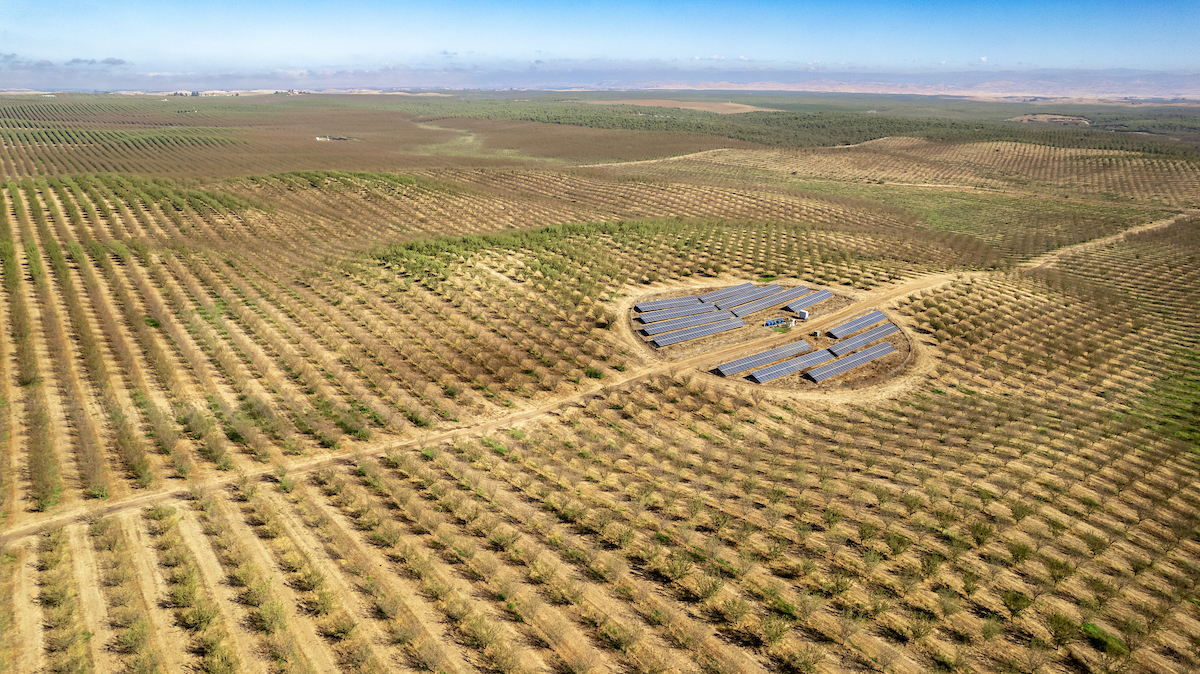
Solar at Burroughs Family Farms.
Convene state-level multi-stakeholder groups that use consensus-building processes with representation from both developers and diverse members of the agriculture community, including historically marginalized producers) producers, small-scale and large-scale agricultural operations, young and/or beginning farmers, and both governmental and nonprofit organizations;
Establish a statewide definition for agrivoltaics;
Fund research, research staff time, and demonstration projects to test agrivoltaics systems for impacts to yield, farm profitability, farmworker health and safety, water conservation, and more throughout California and for the state’s major production systems;
And invest in market mechanisms incentivizing renewable energy development on marginal agricultural land and degraded, already developed, or disturbed sites such as brownfield redevelopment areas and contaminated farm and ranchland.
Have a question or want to collaborate? Please get in touch.

